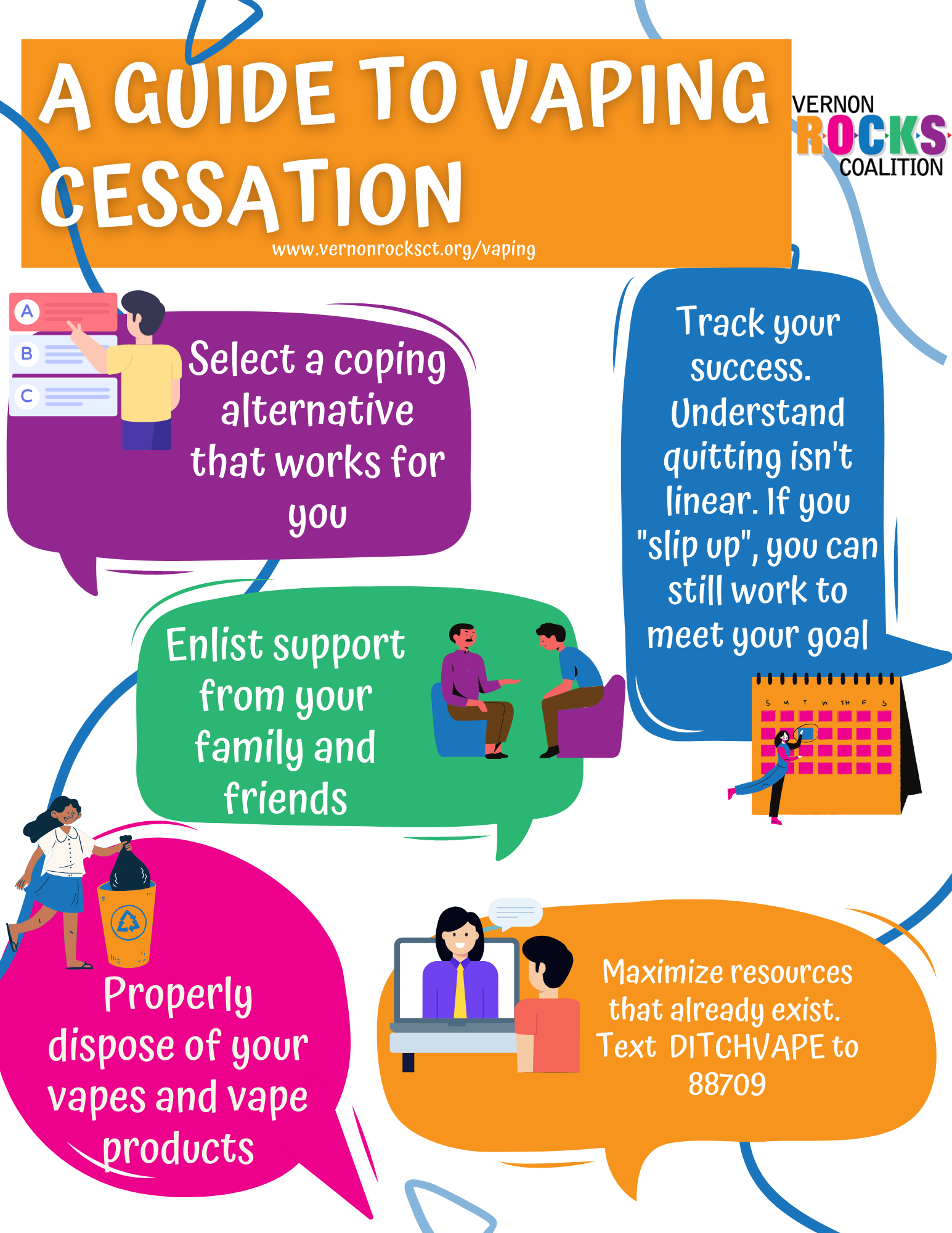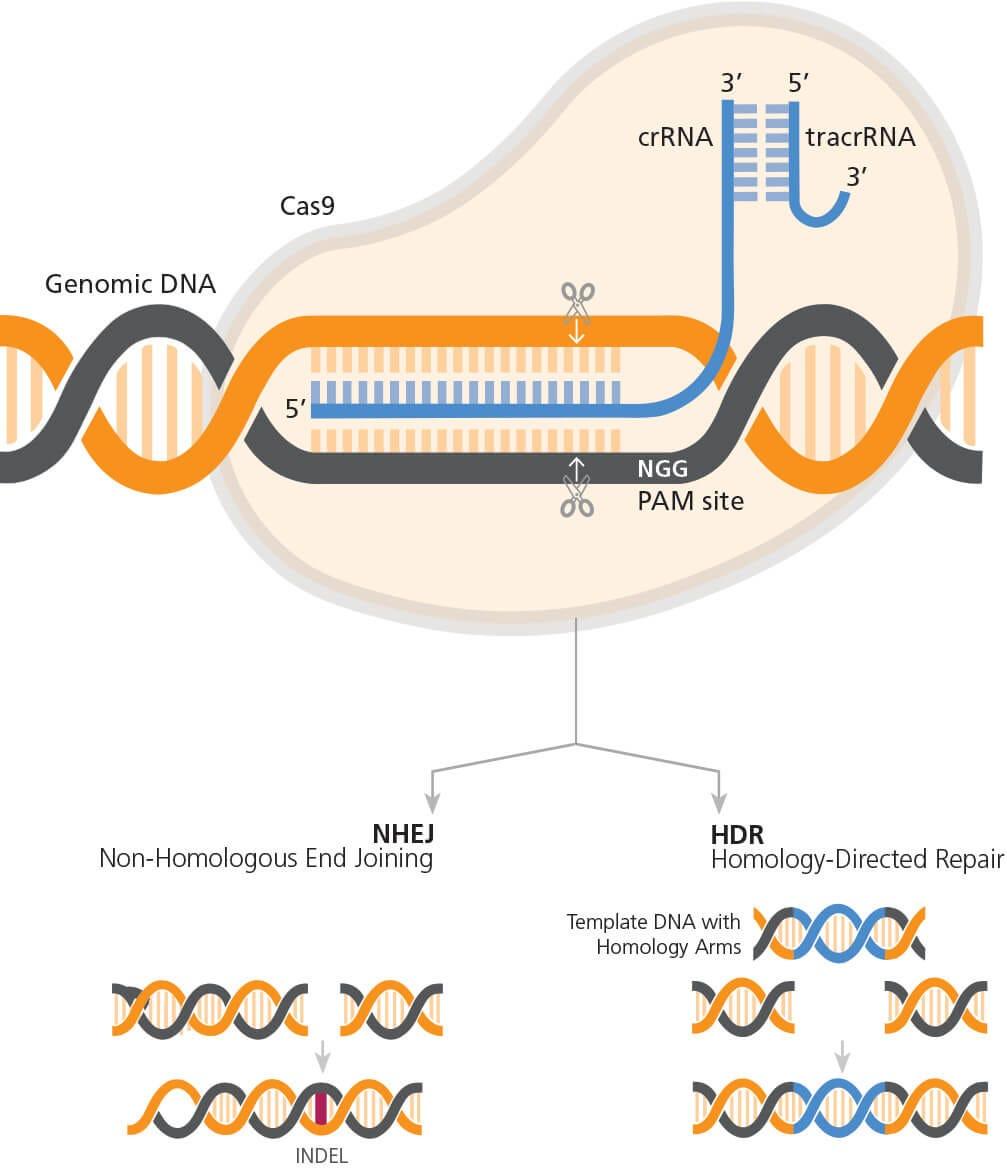Vaping cessation pills, particularly varenicline, have emerged as a beacon of hope for individuals struggling with nicotine addiction, especially among teens and young adults. Recent clinical trials highlight that this FDA-approved smoking cessation medication significantly boosts quitting success rates, making it a vital resource in vaping addiction treatment. Participants aged 16 to 25 who were prescribed varenicline showcased over three times the rate of success in quitting vaping compared to those relying solely on behavioral counseling. As vaping continues to escalate in popularity among youth, with alarming statistics indicating that about a quarter of young adults engage in this habit, the need for effective quit vaping medication is more pressing than ever. This groundbreaking research not only underscores the efficacy of varenicline for young adults but also sets the stage for further exploration into safe and effective methods for teens and vaping cessation.
The rise of vaping has created a complex landscape of dependency, particularly for adolescents seeking alternatives to traditional smoking. Medications designed to aid individuals in quitting nicotine, such as varenicline, a twice-daily dosage pill, are gaining recognition as effective strategies for tackling this modern epidemic. Vaping cessation therapies are becoming increasingly relevant as studies reveal the alarming rates of nicotine usage among young people. Researchers are honing in on the effectiveness of medications aimed at combating vaping habits, indicating that dedicated treatments can significantly empower young adults in their journey to recovery. With continued investigation into the intersection of vaping and health, the possibilities for innovative cessation methods are expanding, making it crucial to stay informed about emerging treatments.
The Rise of Vaping Among Teens and Young Adults
Vaping has surged in popularity, especially among teens and young adults, with statistics revealing that about 25% of individuals aged 18 to 25 reported using vapes in 2023. This rise can be attributed to various factors, including the perception that vaping is a safer alternative to traditional smoking. However, many are unaware that despite their sleek design and appealing flavors, vapes pose significant health risks, including the potential for developing nicotine addiction that can lead to the use of more dangerous substances in the future.
The casual ease of using vapes – they are discreet, portable, and often regarded as socially acceptable – has made them a ubiquitous part of youth culture. This alarming trend underscores the urgency for effective vaping cessation methods tailored for younger audiences. With the growing awareness of vaping’s risks, it’s crucial to ensure that adolescents understand the consequences of early nicotine use and to provide them with supportive resources to aid in cessation.
FDA-Approved Varenicline: A Solution for Vaping Cessation
In a pioneering study conducted at Mass General Brigham, varenicline, an FDA-approved smoking cessation pill originally designed for adults, demonstrated remarkable efficacy in helping teens and young adults quit vaping. The clinical trial revealed that participants aged 16 to 25 who received varenicline were three times more likely to successfully stop vaping compared to those on placebo. This radical finding highlights the significant role that pharmacological interventions can play in addressing nicotine addiction among young people.
Given that varenicline is already approved for smoking cessation in adults, it opens the door for new treatment avenues for younger populations. By prescribing varenicline to those struggling with vaping addiction, health professionals can equip them with a powerful tool to reclaim their health. This targeted approach, paired with behavioral counseling, can foster long-term cessation, ultimately addressing the urgent health crisis posed by vaping among the youth.
Understanding Vaping Cessation Treatments
Vaping cessation treatment involves a multi-faceted approach that can include medication, behavioral therapy, and peer support. As evidenced by the recent study, varenicline, in conjunction with support resources like “This is Quitting,” provides a comprehensive treatment strategy that vastly improves success rates. Medications such as varenicline can help diminish cravings and withdrawal symptoms, which is vital for individuals attempting to quit a deeply ingrained habit like vaping.
Behavioral strategies, on the other hand, empower participants to develop coping mechanisms and strategies to avoid triggers associated with vaping. By combining medication with behavioral support, cessation programs can provide a holistic framework to tackle addiction. This progressive avenue in nicotine addiction treatment does not just focus on quitting; it also emphasizes the importance of sustained recovery and preventing relapse among adolescents.
The Importance of Research in Vaping Cessation
Ongoing research is paramount for developing effective vaping cessation strategies tailored for different demographics, particularly the youth. The study at Mass General Brigham represents a critical step in recognizing the need for research focused on adolescents, an often-overlooked population when it comes to nicotine addiction treatment. Understanding the unique challenges and triggers faced by teens and young adults can pave the way for more effective interventions.
Moreover, continuous exploration into alternative therapeutic approaches will help refine existing treatments and develop new strategies. As vaping continues to evolve and adapt, so must the research and treatment methods. By placing a strong emphasis on research, public health initiatives can ensure that all necessary avenues are explored, creating a robust support system for those looking to break free from nicotine addiction.
Teen Health and Vaping: A Focus on Prevention
Preventing vaping among teens is as critical as treating those already addicted. It’s essential to implement educational programs in schools and communities that inform young people about the risks associated with vaping and nicotine addiction. By equipping adolescents with knowledge, they are less likely to engage in behaviors that could lead to long-term health complications.
Health organizations and educators play a pivotal role in framing the narrative around vaping, highlighting its dangers, and promoting healthy lifestyle choices. Initiatives that foster open discussions about substance use can aid in destigmatizing addiction and encourage teens to seek help. Preventive measures combined with effective cessation treatments can holistically address the vaping epidemic.
Insights from Clinical Trials on Vaping Cessation
Results from clinical trials, such as the one conducted at Mass General Brigham, provide invaluable insights into the effectiveness of new medications for vaping cessation. These studies not only gauge the success rates of pharmacological interventions like varenicline but also shed light on the importance of combining these treatments with behavioral support. As seen in the trial, those who received both varenicline and counseling had significantly higher quit rates, illustrating the synergy between medication and therapy.
Furthermore, the success of these trials sets a benchmark for future research and treatment modalities. As more data becomes available, it can inform healthcare providers about best practices when addressing vaping addiction. This collaborative approach between clinical research and public health initiatives will enhance the effectiveness of vaping cessation programs targeted at young people.
Behavioral Counseling: A Complement to Medication
Behavioral counseling serves as a critical component of vaping cessation strategies, especially for young individuals who may struggle with addiction. The emotional and psychological aspects of quitting can vary significantly from person to person; hence, personalized counseling can be highly beneficial. Counselors can help identify triggers, set realistic goals, and provide coping strategies that address individual needs in their cessation journey.
Moreover, integrating behavioral counseling with medication enhances the overall effectiveness of cessation efforts. The combination of pharmacological support through varenicline and behavioral therapy not only addresses the physical dependence on nicotine but also tackles the habitual and emotional processes associated with vaping. This multi-pronged approach ensures that young adults are better prepared for the challenges of quitting.
Long-Term Implications of Vaping Cessation
Successfully quitting vaping has profound long-term implications for health and well-being, especially for teens and young adults. By breaking free from nicotine addiction at a young age, individuals can significantly reduce their risk of developing associated health issues such as respiratory problems and addiction to other substances. The long-term benefits extend beyond physical health, positively impacting academic performance, social interactions, and overall life satisfaction.
Additionally, addressing vaping cessation early on can lead to broader societal benefits. Fostering a generation of non-smokers not only promotes public health but also reduces healthcare costs associated with treating nicotine-related illnesses. Encouraging young people to engage in healthy behaviors early in life creates a ripple effect that can positively shape future generations.
Community Support in Vaping Cessation
Community involvement is critical in supporting vaping cessation efforts. Creating environments that are conducive to quit attempts, such as smoke-free zones and vaping bans in public spaces, can reduce temptation and provide the necessary support for individuals trying to quit. Bringing together community resources, including health facilities, educational institutions, and support groups, can create a robust network that advocates for healthier choices among teens.
Moreover, peer-led initiatives can significantly aid in vaping cessation. Young individuals often feel more inclined to engage with peers who have similar experiences rather than adults. By facilitating support groups that allow teens to share their challenges and successes in quitting vaping, communities can empower them to take charge of their health choices. Engaging adolescents in advocacy efforts can lead to a stronger movement against vaping.
Frequently Asked Questions
What is the vaping cessation pill varenicline, and how does it work?
Varenicline is an FDA-approved smoking cessation pill specifically designed to help individuals quit nicotine, including vaping. It works by targeting nicotine receptors in the brain, reducing withdrawal symptoms and cravings, making it easier for users to stop vaping successfully.
Can teenagers use varenicline for vaping cessation?
Yes, varenicline is safe and effective for teenagers aged 16 to 25 who want to quit vaping. A recent clinical trial demonstrated that teens taking varenicline had three times the success rate in quitting compared to those using a placebo.
Is varenicline the best medication for vaping addiction treatment in young adults?
Clinical studies indicate that varenicline is one of the most effective medications for vaping addiction treatment in young adults, showing a significant increase in quit rates compared to behavioral counseling alone.
What are the benefits of using a quit vaping medication like varenicline?
Using a quit vaping medication like varenicline can greatly enhance the chances of successfully stopping vaping by alleviating cravings and withdrawal symptoms while providing added behavioral support.
What should I expect when taking varenicline for vaping cessation?
When taking varenicline for vaping cessation, users can expect a reduction in cravings and withdrawal symptoms, which can lead to a higher likelihood of quitting successfully. It’s typically administered twice daily for a duration of about 12 weeks.
What is the recommended treatment plan for teens trying to quit vaping?
The recommended treatment plan for teens trying to quit vaping includes taking varenicline, undergoing weekly behavioral counseling, and utilizing text support services like ‘This is Quitting’ for additional encouragement and guidance.
Are there any side effects associated with the use of varenicline for quitting vaping?
While varenicline is generally well-tolerated, some users may experience side effects, including nausea, headaches, or sleep disturbances. It’s important to consult with a healthcare provider to monitor any potential side effects during treatment.
How does varenicline compare to other vaping cessation methods?
Varenicline has been shown to be more effective than behavioral therapy alone or placebo in clinical trials for vaping cessation, making it a preferred option for many seeking to quit vaping among teens and young adults.
What role does behavioral counseling play in conjunction with varenicline for quitting vaping?
Behavioral counseling enhances the effectiveness of varenicline by providing users with coping strategies, support, and motivation, which is crucial for thoroughly addressing the behavioral aspects of nicotine addiction while using medication.
Can varenicline help me quit vaping if I have previously failed with other methods?
Yes, varenicline may be particularly beneficial for individuals who have previously struggled to quit vaping with other methods, as its unique mechanism increases the chances of long-term success in cessation.
| Key Points |
|---|
| Varenicline is an FDA-approved smoking cessation pill for adults, now shown to be effective for teens and young adults. |
| A clinical trial revealed that those taking varenicline had over three times the success rate of quitting vaping compared to placebo. |
| The trial involved 261 participants aged 16 to 25, divided into groups receiving varenicline, placebo, or support via a text service. |
| At 12 weeks, 51% of those on varenicline had quit vaping, compared to 14% on placebo and 6% with just text support. |
| The findings highlight the effectiveness and safety of varenicline, with no increase in cigarette smoking among those who quit vaping. |
| Further studies are recommended to explore other treatment options and younger demographics. |
Summary
The vaping cessation pill varenicline has shown significant promise in helping adolescents and young adults quit vaping, exceeding expectations in clinical trials. This FDA-approved medication not only proves to be effective but also remains safe for users, emphasizing its vital role in addressing the rising public health crisis of nicotine addiction among the younger population. As more research unfolds, it may pave the way for comprehensive strategies to combat vaping addiction.



